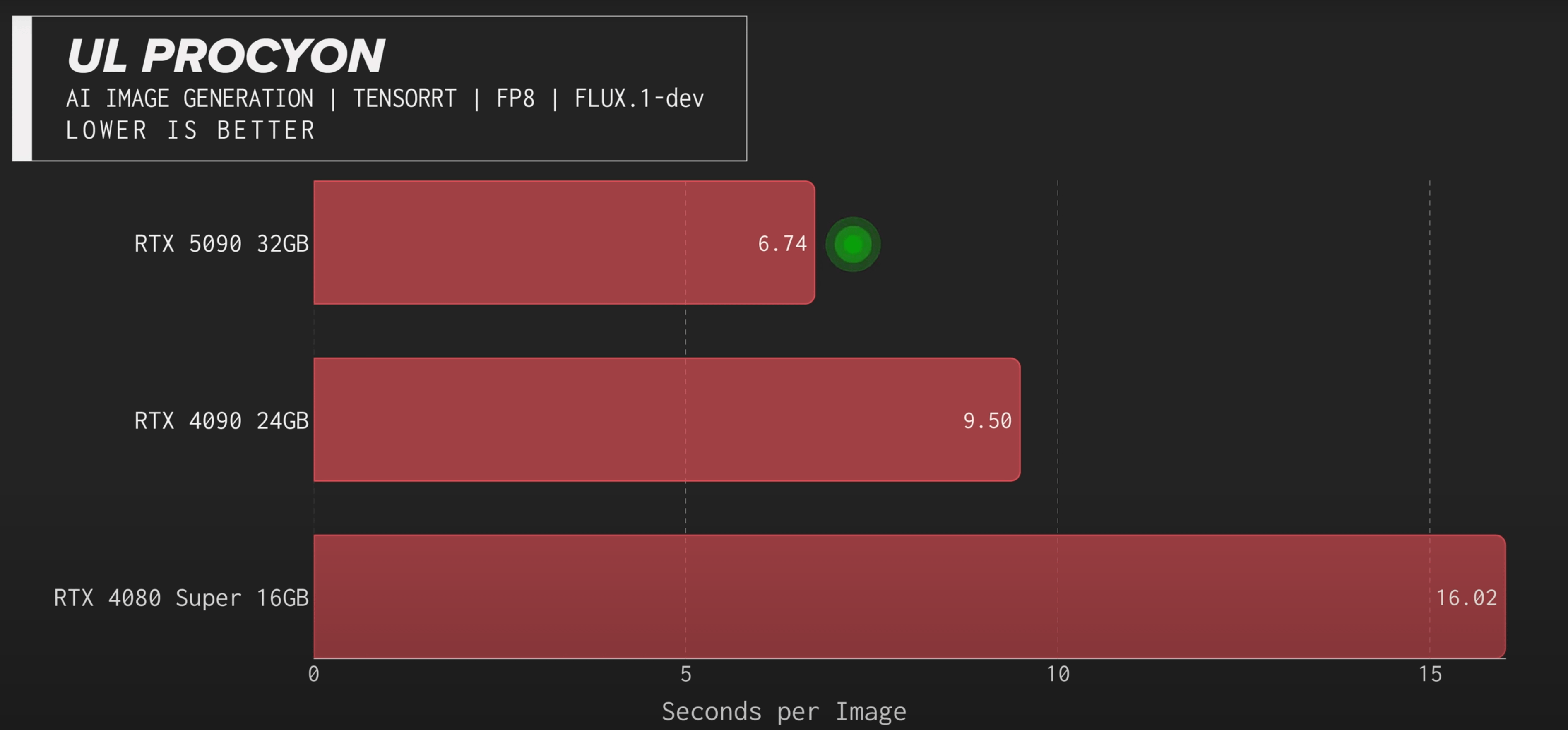NVIDIA H100 Outperforms RTX 5090 in Large Language Model Tasks
April 01, 2025
NVIDIA H100
GeForce RTX 5090
Large Language Models
AI Performance
GPU Comparison
The NVIDIA H100 surpasses the GeForce RTX 5090 in Large Language Model performance due to its specialized architecture, higher memory bandwidth, and advanced AI capabilities.
NVIDIA H100 Outperforms RTX 5090 in Large Language Model Tasks
The comparison between the NVIDIA GeForce RTX 5090 and the NVIDIA H100 in terms of Large Language Model (LLM) performance involves several key factors, including architecture, memory bandwidth, and computational capabilities.
Architecture and Purpose
- NVIDIA H100: Built on the Hopper architecture, the H100 is designed specifically for data centers and AI workloads. It features advanced tensor cores and supports FP8 precision, which is crucial for accelerating AI and machine learning tasks.
- GeForce RTX 5090: Expected to be based on the next-generation Ada Lovelace architecture, the RTX 5090 is aimed at high-end gaming and professional graphics. While it will likely have improved tensor cores and AI capabilities, it is not optimized for data center workloads like the H100.
Memory and Bandwidth
- H100: Equipped with HBM3 memory, the H100 offers significantly higher memory bandwidth (up to 3 TB/s) compared to GDDR6X or GDDR7 memory found in consumer GPUs. This is critical for handling large datasets and complex models in LLMs.
- RTX 5090: While it may feature GDDR7 memory, the bandwidth will still be lower than HBM3, potentially limiting its performance in LLM tasks that require extensive memory access.
Computational Power
- H100: With its focus on AI, the H100 excels in FP8, FP16, and FP32 operations, making it ideal for training and inference of large models. It also supports multi-instance GPU (MIG) technology, allowing efficient resource allocation for multiple tasks.
- RTX 5090: While it will offer strong performance in FP16 and FP32 operations, it may not match the H100's efficiency in AI-specific tasks. Additionally, it lacks features like MIG, which are essential for data center environments.
Conclusion
For LLM performance, the NVIDIA H100 is the superior choice due to its specialized architecture, higher memory bandwidth, and advanced AI capabilities. The RTX 5090, while powerful, is more suited for gaming and general-purpose tasks rather than large-scale AI workloads.
Sources
GeForce RTX 5090 vs H100 PCIe - Technical City
H100 PCIe has a 150% higher maximum VRAM amount, a 25% more advanced lithography process, and 64.3% lower power consumption.
GPU Benchmarks NVIDIA H100 (PCIe) vs. NVIDIA RTX 4090 vs ...
In this article, we are comparing the best graphics cards for deep learning in 2025: NVIDIA RTX 5090 vs 4090 vs RTX 6000, A100, H100 vs RTX 4090.
RTX 5090 vs 4090 for AI inference | Testing deepseek r1 performance
You are the one who snatched my 5090 the instant it got available in the shop? 9:22 · Go to channel · H200 vs H100: Ultimate AI Inference GPU ...

